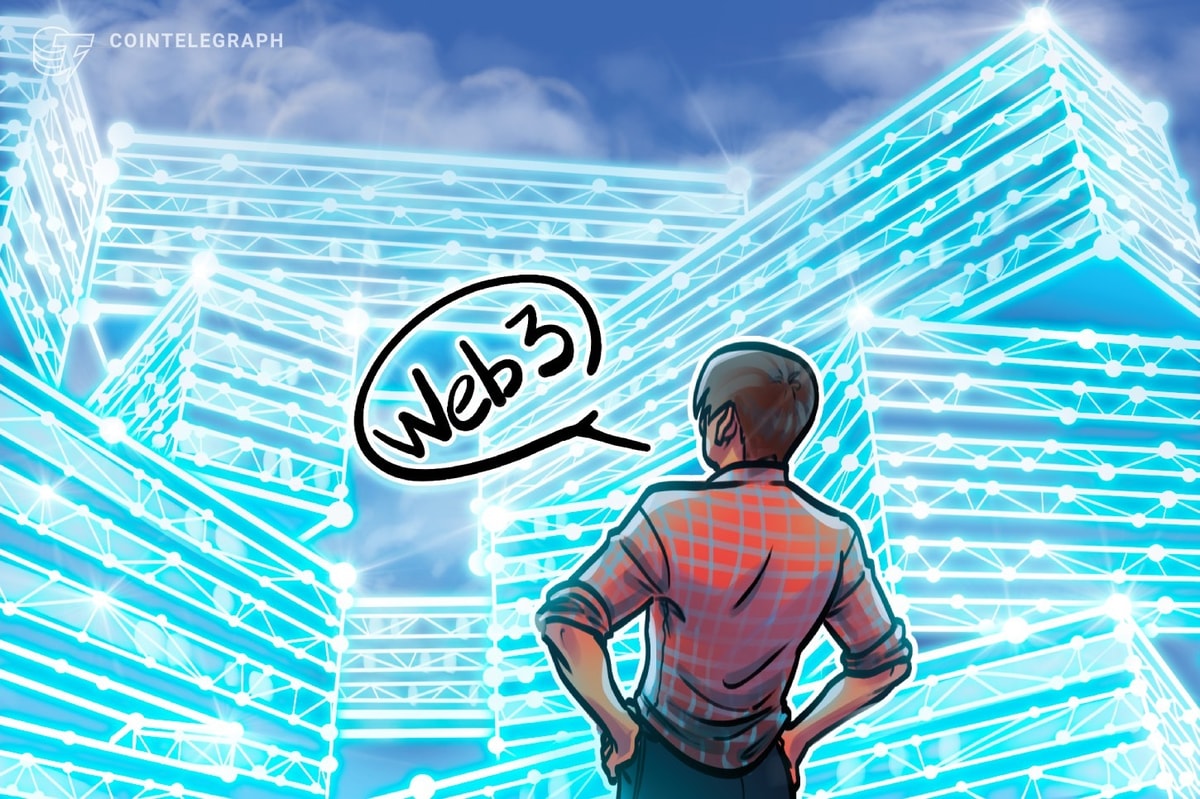EigenLayer is prioritizing onboarding consumer Web3 applications after the Oct. 1 unlock of the restaking protocol’s native token, EIGEN, founder Sreeram Kannan told Cointelegraph in an interview.
EigenLayer will initially target apps in crypto-native segments such as decentralized finance (DeFi) and gaming before expanding beyond Web3, Kannan said.
“We’re starting with the inside-out approach, focusing on high-throughput consumer apps like DeFi and gaming, but once we grow a little bigger and have critical mass, we’ll go outside and start targeting broader consumer markets,” Kannan said.
EigenLayer’s TVL. Source: DefiLlama
EigenLayer’s four-sided marketplace
As Ethereum’s largest restaking protocol, EigenLayer secures dozens of third-party protocols — dubbed actively validated services (AVSs) — with approximately $11 billion of restaked collateral, according to DefiLlama.
“This is the four-sided marketplace we’re bootstrapping, but consumers are the side we haven’t fully tapped into yet,” Kannan said.
“For this kind of platform to be successful, you need all four sides,” Kannan added, referring to restakers, node operators, AVSs, and consumer apps.
The EIGEN unlock was among the most highly-anticipated in 2024 and puts pressure on EigenLayer to scale protocol revenues from AVSs, which will partly accrue to EIGEN stakers.
EIGEN price since Oct. 1. Source: CoinMarketCap
Related: Restaking will spark the next big rush of money into crypto
“The only way [restaking] makes sense long term is if restaking networks get customers, and those customers, directly or indirectly, pay money for the services that these other restaking networks provide,” Mike Silagadze, CEO of liquid restaking protocol Ether.fi, said in August.
The EIGEN token currently trades at around $3.50, implying a fully diluted market capitalization of nearly $5.8 billion, according to CoinMarketCap.
EigenDA as a “beachhead”
EigenLayer’s own AVS, EigenDA, aims to serve as a “beachhead” for onboarding consumer apps into EigenLayer’s broader AVS ecosystem, Kannan said.
“As users adopt Eigenda, they’ll also start using other” EigenLayer AVSs, Kannan said.
EigenDA specializes in data availability, one of Web3’s fastest-growing and most competitive market segments. Its rivals include Celestia and Avail.
Other EigenLayer AVSs include ARPA Network and eOracle, which specialize in random number generation and programmable data oracles, respectively.
“Typically, AVSs are things like bridges, oracles, or AI infrastructure,” Kannan said, adding:
“Our superpower is getting this started with EigenDA, which is built to handle a lot of throughput.”
EigenLayer AVSs. Source: EigenLayer
Related: EigenLayer’s EIGEN cracks top 100 market rank in trading debut
Programmatic EIGEN incentives
EigenLayer also plans to woo restakers with a programmatic incentives program, which the protocol announced on Sept. 17.
The program will reward restakers with EIGEN emissions comprising approximately 4% of the token’s total supply.
“It’s designed to help bootstrap this multi-sided marketplace,” Kannan said, adding:
“Stakers will get programmatic rewards depending on how many AVSs they serve, and AVSs will pay fees to stakers and operators. The more AVSs pay, the more value gets allocated.”
Restaking involves taking a token that has already been staked — posted as collateral with a validator in exchange for rewards — and using it to secure other protocols simultaneously.
The EIGEN token is designed to secure protocols against a broader set of faults than are addressable using existing proof-of-stake tokens, such as Ether (ETH), according to EigenLayer.
Example use cases include ensuring the accuracy of offchain data oracles or holding protocols accountable in complex governance decisions.
Eventually, Kannan envisions EIGEN staking supplanting multisignature wallets as the dominant means of securing Web3 protocols and smart contracts.
“Many contracts today rely on multisigs, which is far from decentralized,” Kannan said.
“At the end of the day, users aren’t getting the trust that blockchain is supposed to provide,” Kannan added. “We need to move beyond that.”
Magazine: Crypto whales like Humpy are gaming DAO votes — but there are solutions

